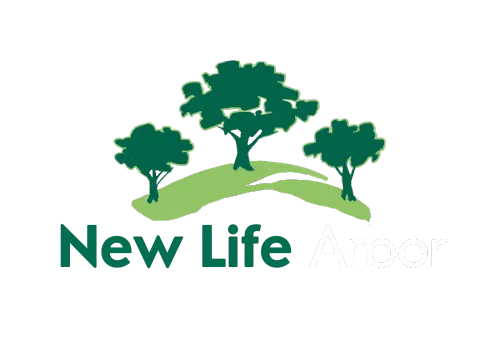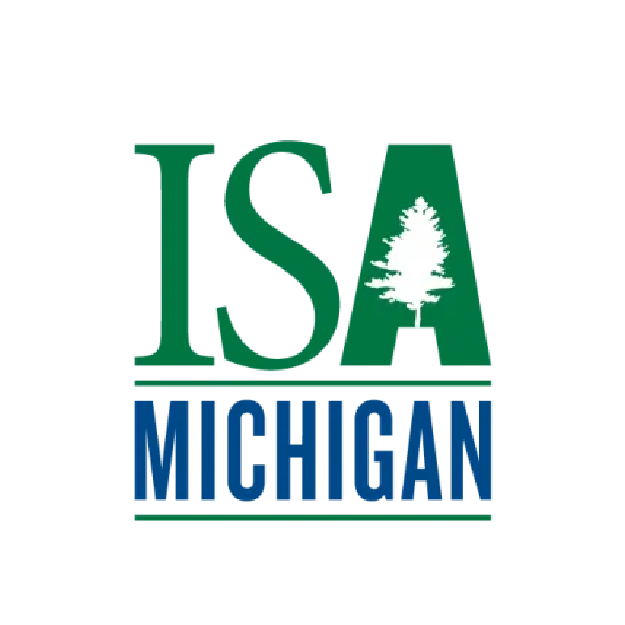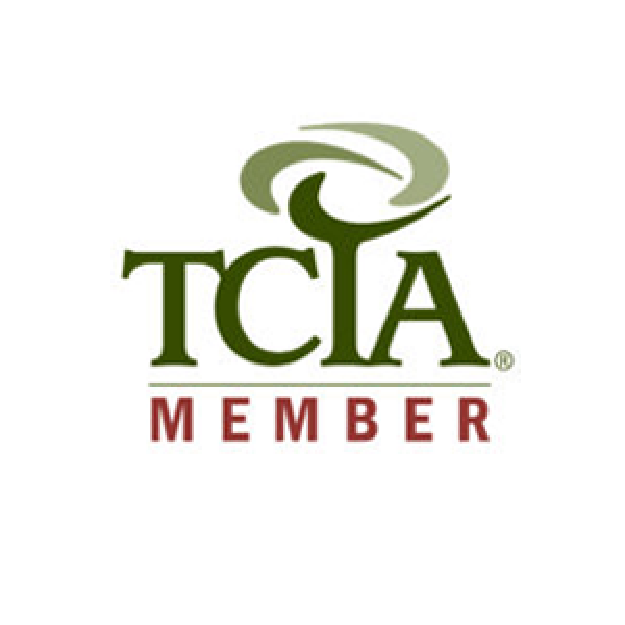
What a Fall Tree Risk Assessment Can Prevent This Winter
November in West Michigan is a strange mix of beauty and urgency.
The leaves have mostly fallen, the winds start to howl, and winter’s first frost is just around the corner. But for your trees, this isn’t the time to rest just yet—it’s the time for one last checkup.
At New Life Arboricultural Services, we consider fall tree risk assessments one of the most valuable services you can schedule before winter hits. Every year, homeowners in Grand Rapids and surrounding areas deal with preventable storm damage simply because a weak limb or unstable tree went unnoticed.
So what exactly is a tree risk assessment—and why should you prioritize one before winter? Let’s break it down.

What Is a Tree Risk Assessment?
A tree risk assessment is a professional evaluation of your tree’s health, structure, and potential hazards. It helps identify issues like:
Cracked limbs
Weak branch unions
Internal decay
Root instability
Pest or disease damage
Trees leaning over homes, driveways, or power lines
At New Life Arbor, our assessments are performed by certified arborists trained in the ISA Tree Risk Assessment Qualification (TRAQ) method. This ensures we give you science-backed insights and realistic action plans.

Why Fall Is the Ideal Time
You might wonder—why not wait until spring? The short answer: winter is too late.
Here’s why November is perfect for an assessment:
✅ Leaves Are Down, Problems Are Visible
With bare branches, we can clearly inspect branch structure, hidden cracks, and old wounds.
✅ Freeze-Thaw Cycles Are Coming
Michigan’s up-and-down temperatures cause stress fractures in trunks and limbs. Identifying weak spots now helps prevent dangerous failures later.
✅ Snow and Ice Add Weight
A limb that seems harmless now could collapse under a snow load, especially if it’s already compromised.
✅ Emergency Crews Are Swamped in Winter
When tree limbs fall in December or January, the demand for emergency services spikes. Avoid the rush (and cost) by acting early.
What Tree Risks Can Lead to Winter Damage?
We’ve seen it all over the years in places like Ada, East Grand Rapids, Rockford, and Forest Hills. Trees that seemed fine in fall can suddenly become winter hazards.
Here are some red flags we often find during November assessments:

1. Dead Limbs Over Rooflines
They may not fall now—but add some ice and wind, and they’ll come down fast. That’s not just dangerous, it’s costly.
2. Heavy Canopy or Uneven Weight
Trees that weren’t properly pruned this summer may be top-heavy or lopsided, increasing the risk of tipping or limb breakage.
3. Fungal Growth and Internal Rot
Mushrooms at the base of a tree, soft bark, or hollow sounds when tapped can all indicate serious structural issues inside.
4. Root Damage or Soil Shifting
If your tree is leaning or the ground around it is cracked or heaving, it could be a sign that the root plate is unstable.
5. Pest Activity
Borer holes, bark peeling, or old insect infestations can weaken a tree’s defenses going into winter.

What Happens After the Assessment?
We’ll give you a simple, clear plan based on what we find. This might include:
Pruning dead or hazardous limbs
Cabling or bracing weak limbs or forks
Root care or soil improvement
Monitoring trees with non-critical issues
Removal of trees beyond recovery or in dangerous positions
Most importantly, you’ll know exactly what condition your trees are in—no guesswork, no surprises.
Who Should Schedule a Risk Assessment?
While every homeowner can benefit, it’s especially important if:
You have mature trees over 30 feet tall
Your property is near wooded areas or water
You’ve noticed a lean, bark damage, or early leaf drop
You’ve had storm damage in past winters
You just moved into your home and aren’t sure about the tree health
Our team works across Grand Rapids, from Kentwood and Caledonia to Zeeland and Grand Haven. We know what Michigan winters bring—and how to prepare your trees for it.

Why Choose New Life Arbor?
We’re not just your local tree guys—we’re your neighbors. Our team is rooted in West Michigan, and we take pride in helping our community stay safe, informed, and prepared.
When you call us, you’re not getting a sales pitch. You’re getting honest advice from certified professionals who care about doing things right.
Final Thoughts: Don’t Wait Until Snowfall
Once winter hits, it becomes harder to inspect, harder to access, and more dangerous to work on trees. That’s why November is your moment.
A quick check today could prevent:
Emergency removals in the snow
Power outages from falling limbs
Expensive home repairs
Injury from falling branches
Ready to book your fall tree risk assessment?
Visit https://newlifearbor.com/ to schedule your inspection and winterize your trees the smart way.





